Midas GTS NX: 4 Ways To Reduce the Cost of Underground Retaining Walls

Author: MIDASoft
Publish Date: 27 Dec, 2021
The LeBreton LRT project was an actual project that completed construction and opened it to the general public on September 14, 2019. Since the construction was near completion, all the information was readily available. McGill University, with the aid of SNC Lavalin, was challenged to re-imagine and design a permanent underground retaining structure to allow the construction of the LeBreton LRT station in Ottawa, Ontario. If they optimized the design, what sort of changes would they see, if at all?
The analysis revealed that by optimizing, there was a significant reduction in costs and improvement in constructability. In this blog, we briefly highlight 4 components that affected the outcome of the project. You can view the original presentation here: LeBreton Station Geotechnical Design.

1) Pile Diameter
The original piles are 2.0M diameter to 1.0M diameter piles. When comparing the shear, moment, and deflection between the two, the 1.0M pile was well within the allowable limits to make the modifications. Since the diameter of the pile directly affects the number of resources, it directly affects the price, especially considering the number of piles in a typical project.
| Limit | Maximum | |
| Shear | 1200 kN | 943 kN |
| Moment | 814 kN | 723 kNm |
| Deflection | 25 mm | 6.3 mm |
2) Ratio of secondary to primary piles.
Since the system included struts, which provided an adequate level of stability, the secant pile wall was modified from 1:1 to 1:2, reinforced to filler piles. The stiffness change was between 7-12%, which is still well within the capacity limit. Being able to utilize fewer reinforced piles would significantly affect the cost.

3) Pile reinforcement type.
The original secant wall called for cage reinforcements for every other pile. However, changing the reinforcement to a steel W-section provided more than adequate structural resistance. Also, during construction, it would be far easier to install/weld to the struts. It costs less than the cage as well.
4) Toe depth
Initially, the toe depth was changed to 4.0M from 8.0M. After analyzing the 3D model and with the refinements to the pile (reinforcements), it was further reduced to 2.0M with excellent results. The horizontal displacement again placed within the limit.
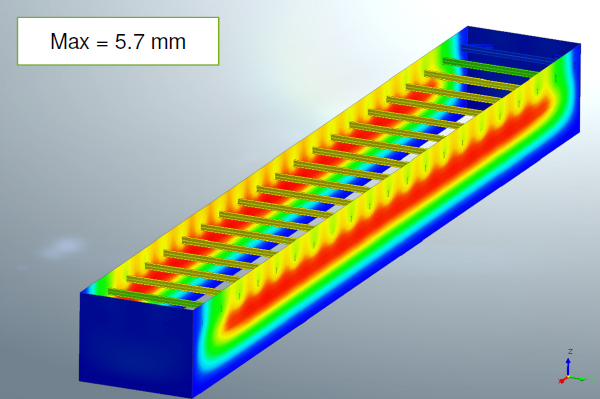
So what does this all mean? The result of the 4 considerations reflects a significant saving for the overall construction. Seen from the table below:

The estimated savings that the owner would see is quite substantial. Economical designs and structures mean fewer materials, meaning less cost. Also, the AEC industry has the responsibility of maintaining a greener world, with fewer materials means less production.
Although these values are hypothetical, the impact of optimizing the design yielded a tremendous example of how engineers can continue to improve the industry by being more cost-effective and greener. After all, the underlying duty of an engineer is to ensure public safety, environmental protection, and ceaseless innovation. While McGill University's re-imagining of the LeBreton Station may not come to fruition, being aware of the possibilities will always lead to more opportunities.
The software used by McGill University and SNC Lavalin is midas GTS NX. GTS NX is a 3D geo-structural numerical analysis software that simulates all underground structures and soil types. The primary use of GTS NX in this review was to provide the complex geometry modeling and reactions on the structural and geotechnical analysis in a single model. We have other case studies including excavation and retaining walls on a high-rise tower in Monaco.
If you would like to see a step-by-step video, you can visit our page for 3D Retaining Wall Analysis.
Software: midas GTS NX
You don't have a midas GTS NX license?
Don't you worry! We've got you a trial license.
Or get a license for $720/month!

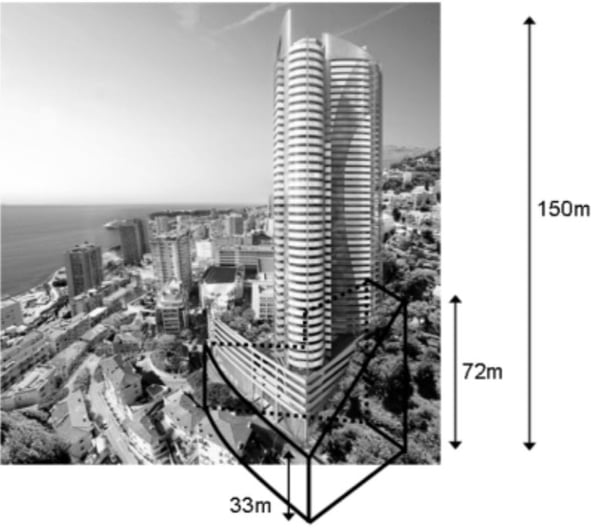
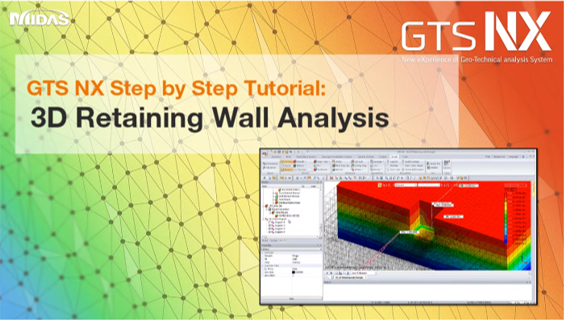

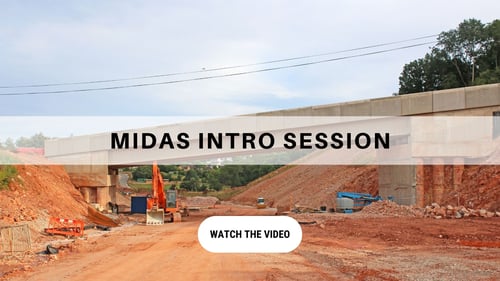
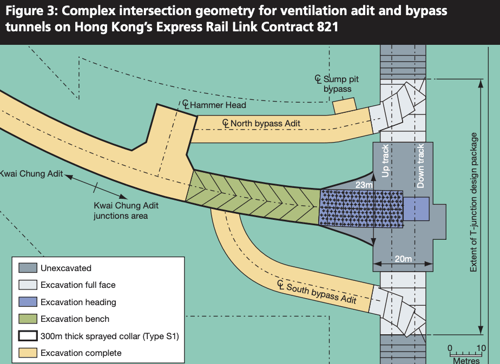
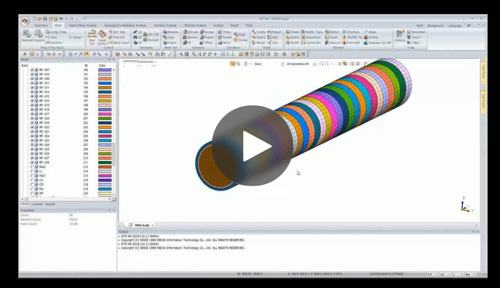
Add a Comment